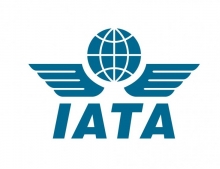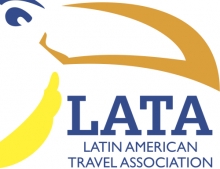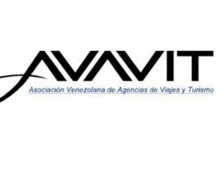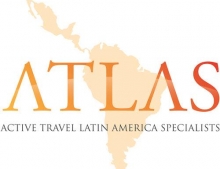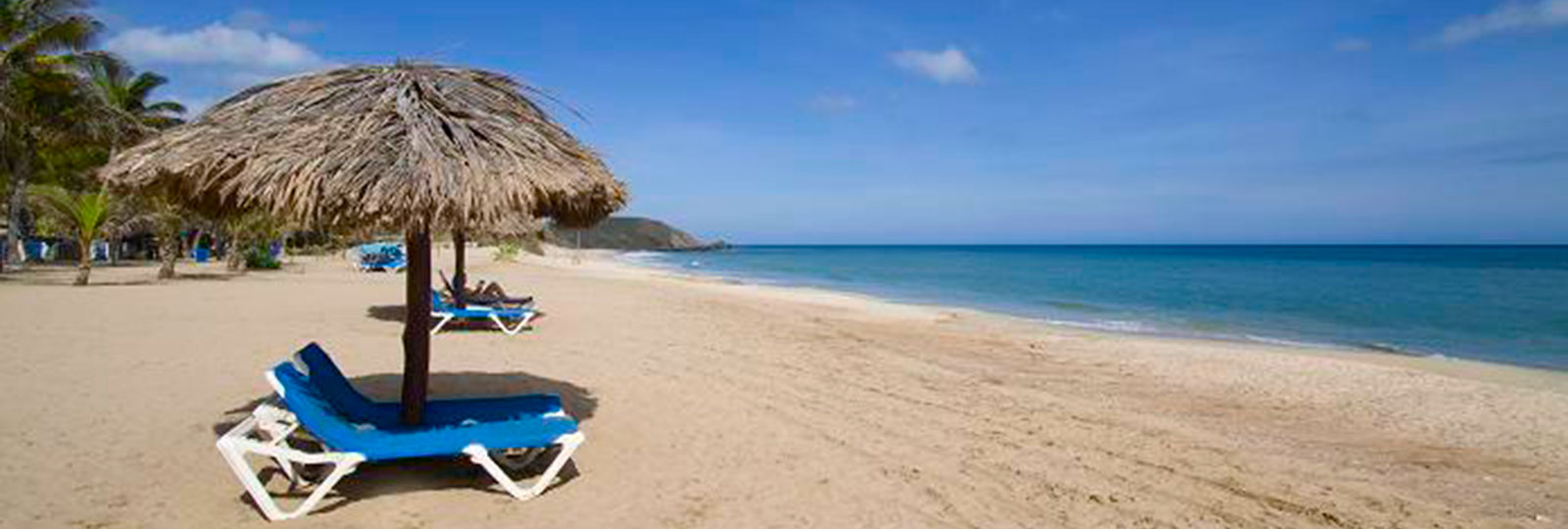


+58 274 2524216
With over 3,000km of coastline, the longest in the Caribbean, and a myriad of islands, islets, keys and coral reefs, the Venezuelan coast is home to a rich diversity of marine flora and fauna. Its countless white-sand beaches fringed with palm trees are paradise for those who just want to relax, sunbathe, swim and enjoy water-based activities.
There is so much scenery to discover: sea caves, underwater cliffs, coral reefs covered in colourful sponges, multi-coloured fish, sea urchins, sea anemones and several wrecks of old ships, some dating back to the 17th century.
Even though the deep sea fishing here has an international reputation, there are other vital species near the coast such as Sabalo, Barracuda, raton or macabi fish, Robalo, Anjova, Carite or Sierra, Peto, Jurel and Yellow-fin tuna.
Mangrove swamps grow all along the coast as well as in the river deltas. The mangrove swamps are home to a huge number of sea birds such as Tijereta de Mar, Gannet, Flamingo and the Borrega and Marron Boba.
The Venezuelan Caribbean is equally as interesting culturally and historically. The region was the scene of many important Venezuelan historical events and here there are many restored colonial fortifications and some of the oldest and best preserved churches in the country. In addition, there is a huge variety of traditional festivals that take place all along the coast. The blend of religions in Venezuela is highlighted in the elaborate traditional festivals, many with their roots in indigenous and African religions.
Margarita Island, the ‘Pearl of the Caribbean’, was initially known for its oyster beds. Located just north of the old Spanish Capital, Margarita and its neighbouring islands, Coche and Cubagua, which make up the State of Nueva Esparta, were the location for many important events in Venezuela’s past.
In recent years, Margarita has emerged as a tourist area full of resort hotels with one of the loveliest beaches in the country, a busy nightlife and a tax-free zone which attracts thousands of shoppers from the mainland.
But there is more to Margarita than beaches and shopping centres. There is a huge variety of habitats there, including mangrove swamps, cloud forests and semi-arid zones and the island is home to five nature reserves. Two national parks have been established from these reserves, Cerro el Copey and Laguna de la Restinga.
The island is equally as interesting from a historical and cultural point of view: two restored colonial forts, several exquisite colonial churches and other historically important monuments are open to visitors. In addition, there are three small museums, the Francisco Narvaez Museum of Contemporary Art, the Museum of the Sea and El Caserio Museum of Handicrafts. Besides all this, there are several small, charming villages around the island, mainly in the eastern half, several of which have kept many of their traditions and their splendid handicrafts centres.
Venezuela es uno de los diez países con mayor diversidad biológica en el mundo. Pioneros en protección ambiental, los venezolanos tienen abundantes leyes concernientes al uso y disfrute de sus tesoros naturales. Un producto de estas leyes es que hay 43 parques nacionales y 22 monumentos naturales (que equivalen al 21% del territorio del país), 2 bio-reservas, 7 refugios, y 5 reservas de vida salvaje. Ésta es una maravillosa combinación de inmensa y agresiva belleza, lo cual hace de éste un país privilegiado en la industria del turismo.
El Parque Nacional La Restinga fue creado el 6 de febrero de 1974, en la Isla de Margarita. Consta de tres zonas principales: una laguna poco profunda, un área marina con olas pequeñas, y un área semi-desértica. La laguna está revestida por bosques de manglares, aunque también se pueden encontrar otras especies. El agua aquí, mayormente, no tiene más de 6 m de profundidad, preservando muchos ecosistemas marinos únicos. Los visitantes deben cruzar esta laguna para llegar a la playa La Restinga, teniendo la oportunidad de ver la belleza de los bosques de manglares.
The main transport hub connecting Margarita with the rest of the world is through Porlamar. There are 4 ways to get to Porlamar from Caracas. We can book flights and arrange assisted transfers in Caracas. You have the following options:
Option 1: Caracas – Porlamar
A: Fly direct to Porlamar from Caracas.
PROS: Various airlines operate flights that depart every day. The earliest flight leaves at 0700hrs and the last at 1930hrs, allowing plenty of flexibility.
Option 2: Caracas – Puerto La Cruz – Porlamar
A: Fly from Caracas to Barcelona (Puerto La Cruz)
B: Take the ferry to Porlamar
PROS: There are daily flights. If not starting your journey in Caracas it is easier to fly to Puerto La Cruz and then take the ferry, rather than flying to Caracas and connecting to Porlamar.
Option 3: Caracas – Porlamar
A: Take a ferry from Guaira (Maiquetia, Caracas) to Porlamar
PROS: Much cheaper than flying.
Option 4: Caracas – Valencia – Porlamar
A: Fly from Caracas to Valencia
B: Then fly from Valencia to Porlamar
PROS: If you aren't starting your journey in Caracas, it is much cheaper to fly to Valencia then take a connecting flight to Porlamar.
NB: If you have any questions about the itinerary or want to check availability, please call or email us and we will get back to you as soon as possible.

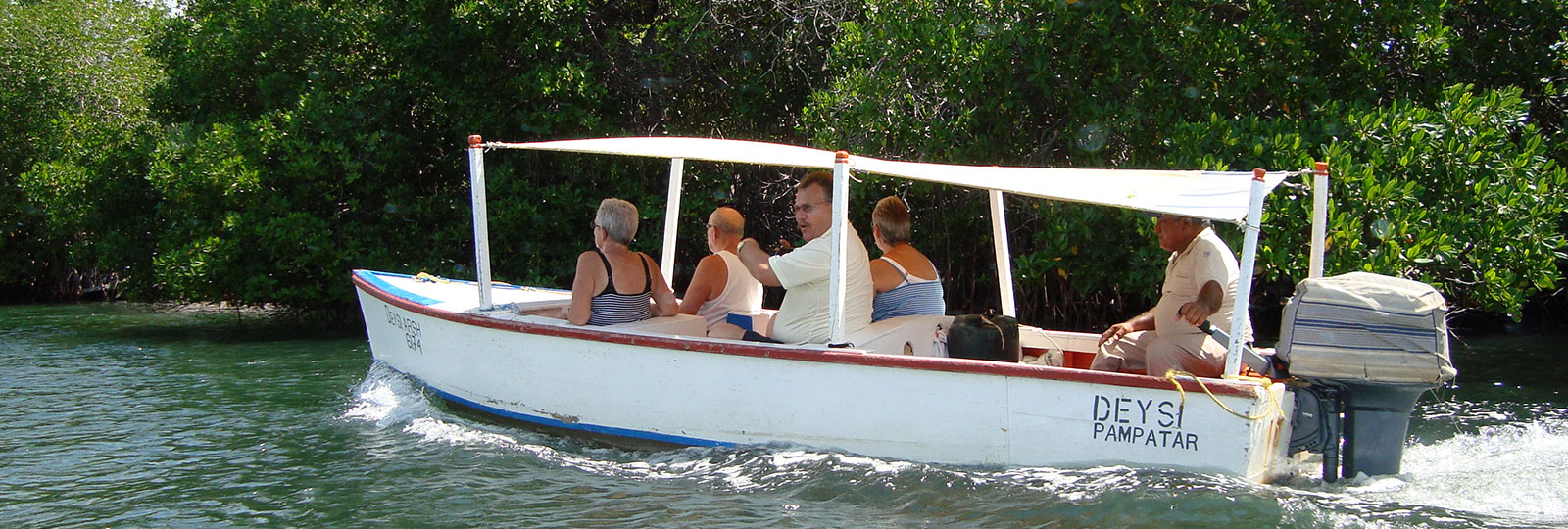
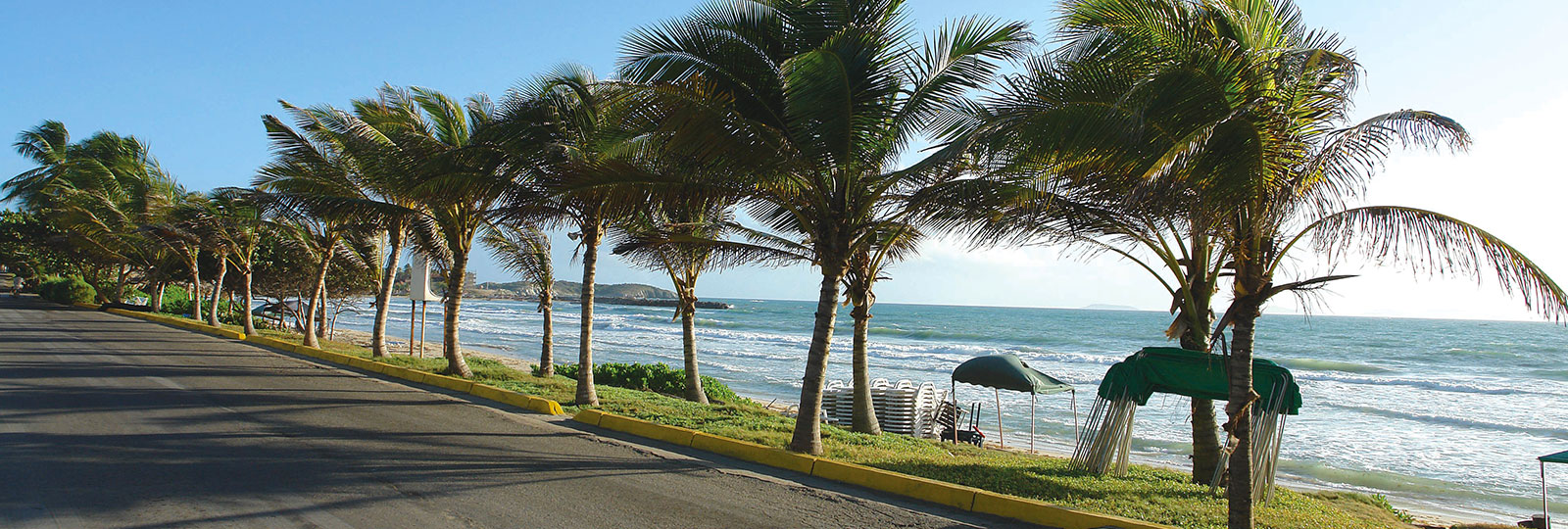
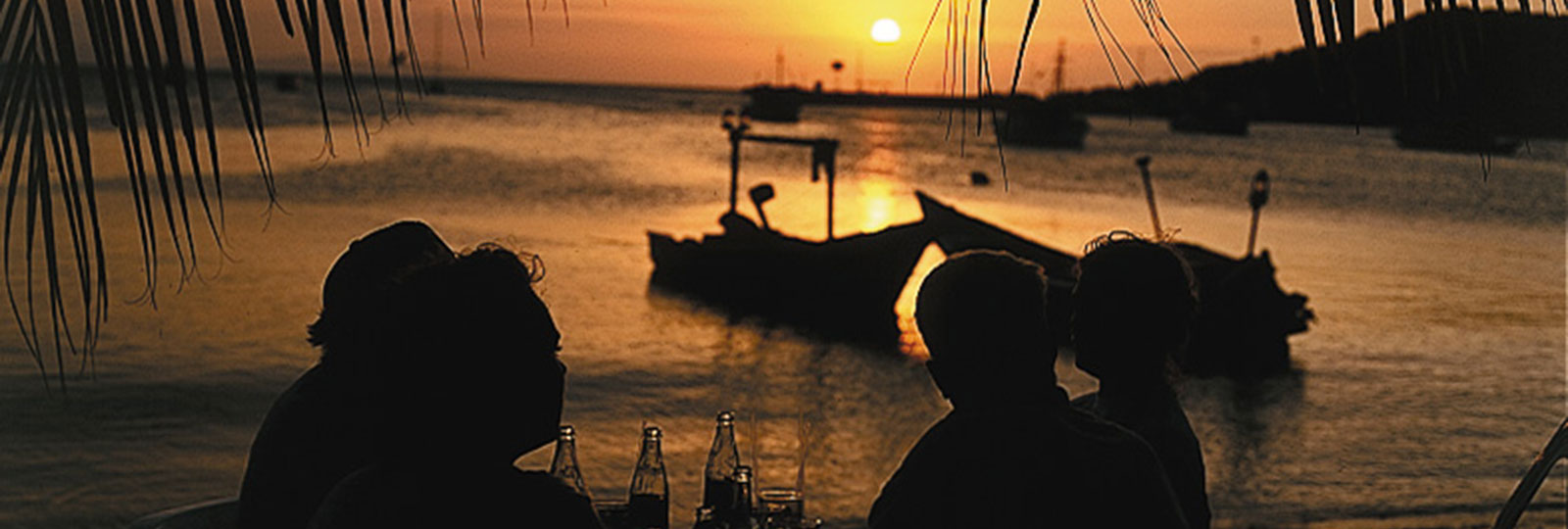
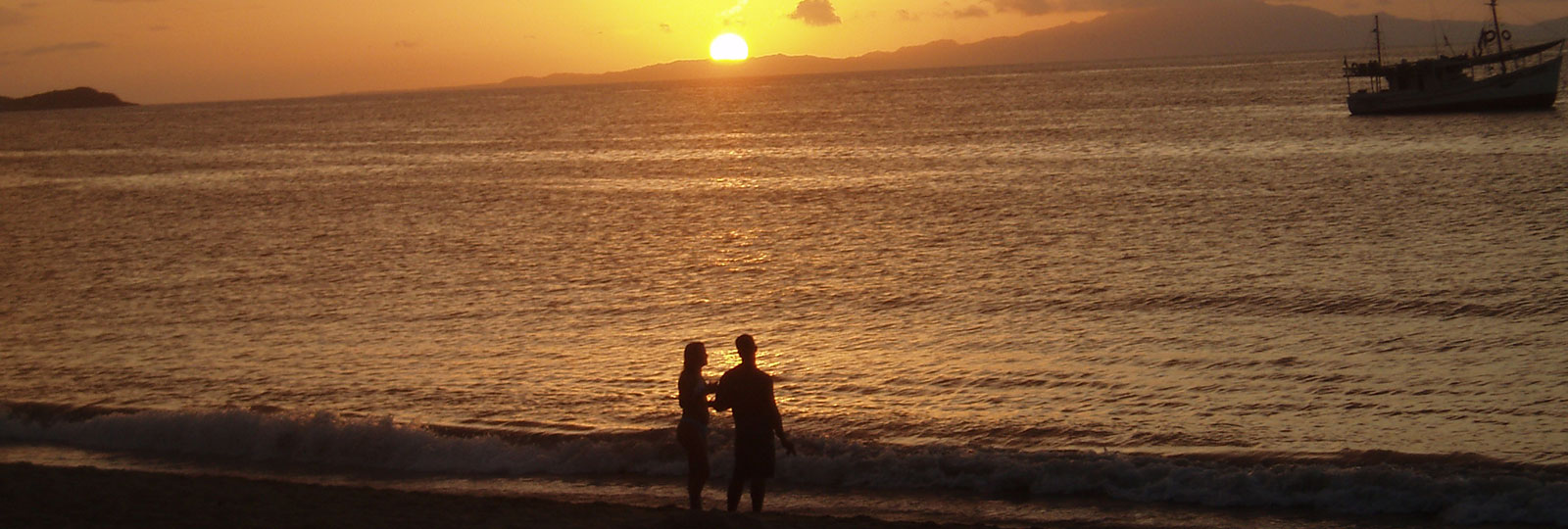
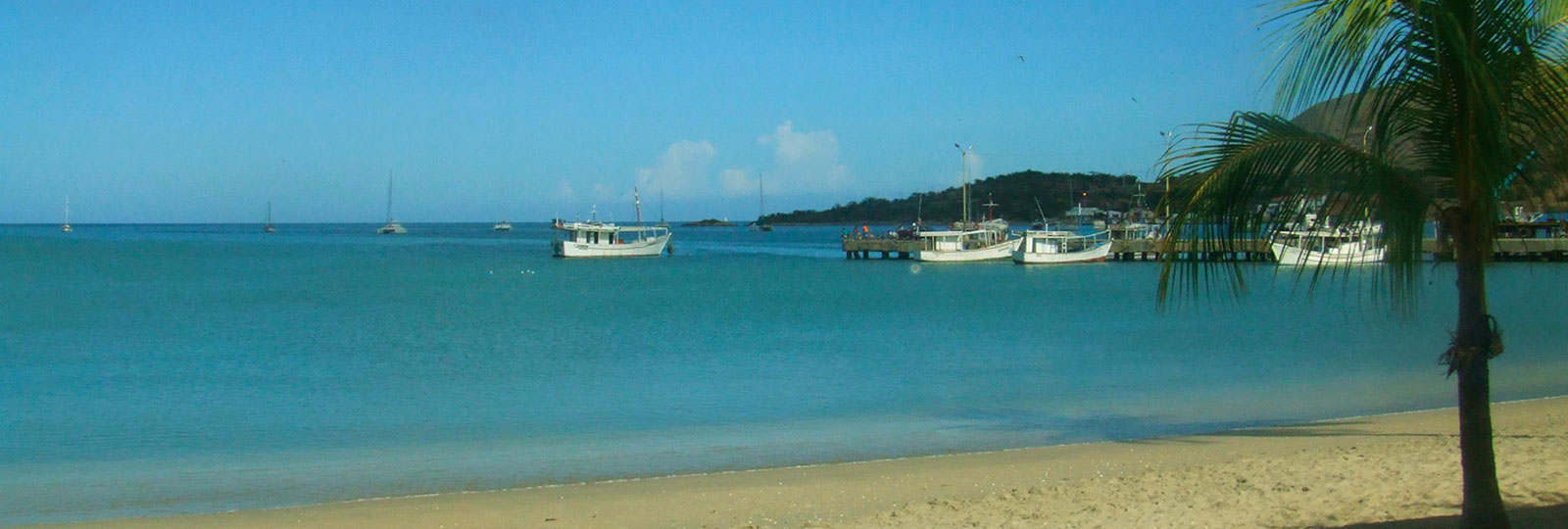
Region
The Caribbean
Difficulty
Easy
Duration
Half Day
Season
All year round
Margarita excursions: half day tour
We can organize different tours such as: Horseback riding, surfing, boat trips to other nearby islands , snorkelling, or bird watching through the fascinating mangroves in Laguna La Restinga.
